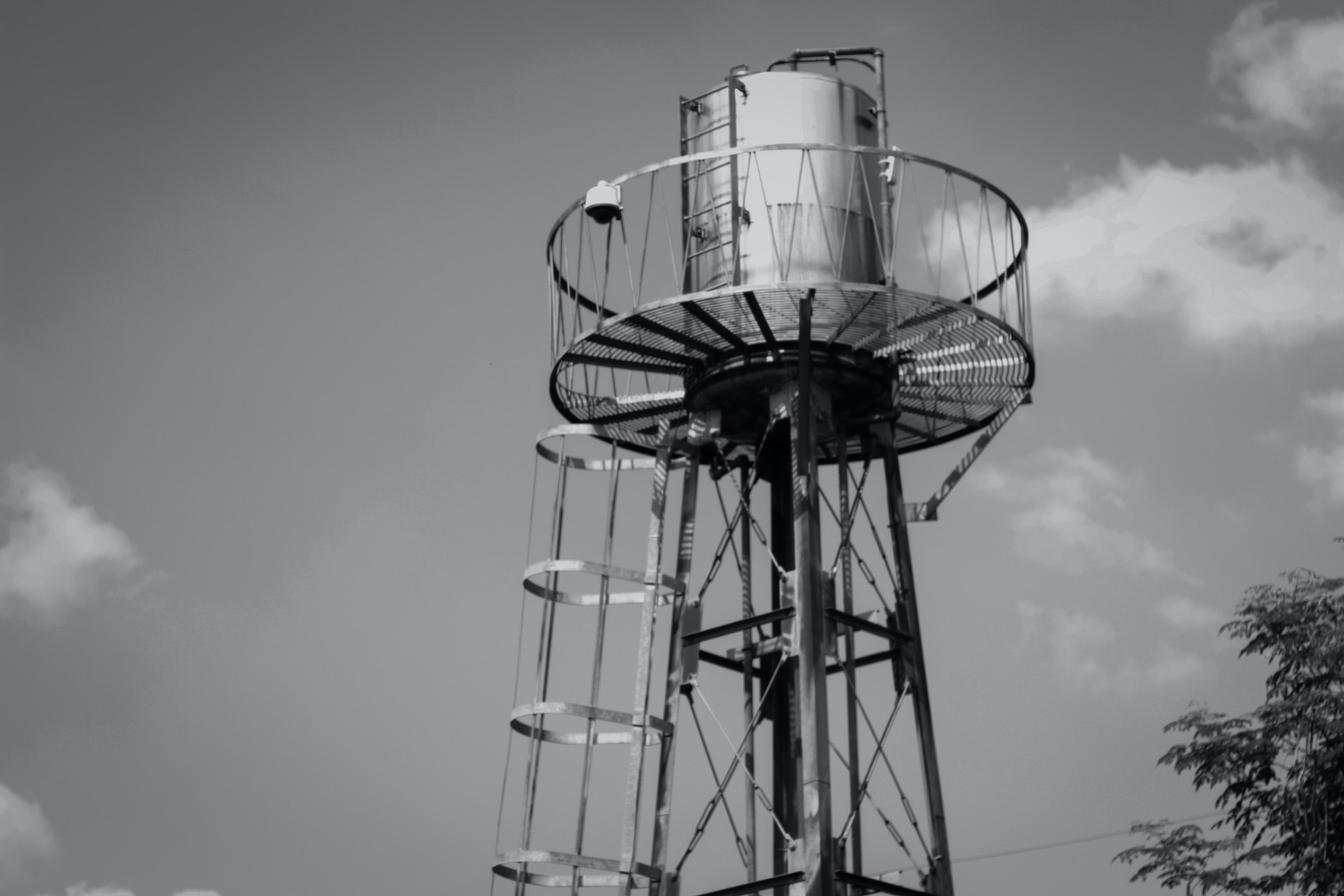
Water tanks are an essential component of any domestic household or commercial building, as they provide a reliable source of water for various uses. However, without proper maintenance, water tanks can become a breeding ground for harmful bacteria, algae, and other pollutants. Therefore, cleaning your water tank regularly is a must to ensure the water remains safe and healthy for consumption. This article will discuss how often you should clean your water tank and why it should be prioritised.
Why Is Water Tank Cleaning Important?
Water tanks can accumulate sediment, organic matter, and other contaminants over time, which can lead to bacterial growth and contamination of the water supply. Bacteria such as Legionella can cause health problems such as Legionnaires’ disease, a severe form of pneumonia that can be fatal. The algae growth can also cause an unpleasant taste and odour in the water, making it unpalatable for consumption.
Regular cleaning and maintenance of your water tank can prevent these issues and ensure the water remains safe and healthy for consumption. Cleaning your water tank can also extend its lifespan by preventing corrosion and damage to its internal structure.
How Often Should You Have It Cleaned?
The frequency of water tank cleaning will vary on factors such as the tank’s size, the water supply’s quality, and its intended use. It is recommended that you clean your water tank at least once a year, regardless of its size or intended use. However, if you notice any signs of contamination or discolouration in the water, you should clean the tank immediately.
If you use your water tank for drinking water purposes, such as for consumption or cooking, it is advisable to clean it more frequently. The Australian Drinking Water Guidelines recommend cleaning water tanks used for drinking water purposes at least twice a year. This ensures that the water remains free from harmful bacteria and other contaminants.
A water tank located in an area with a high risk of contamination, such as near a septic system or livestock area, may require more frequent cleaning. Similarly, if you live in an area with high levels of rainfall or a humid climate, your water tank may require more frequent cleaning so that algae and other pollutants don’t develop over time.
How to Clean Your Water Tank?
Cleaning your water tank can be a complex process that requires specific tools and equipment. You should hire a professional water tank cleaning service to ensure the cleaning process is done correctly and safely.
However, if you choose to clean your water tank yourself, follow these basic steps:
- Turn off the water supply to the tank and drain the tank completely.
- Remove debris, sediment, or other contaminants from the tank using a scrub brush or vacuum.
- Use a high-pressure hose to wash down the walls and floor of the tank, removing any remaining debris or sediment.
- Add a cleaning solution to the tank, such as chlorine or hydrogen peroxide, to disinfect the tank and kill any remaining bacteria.
- Allow the cleaning solution to sit in the tank for several hours or overnight, depending on the instructions provided.
- Drain the cleaning solution from the tank and rinse it thoroughly with clean water.
- Refill the tank with clean water and turn the water supply back on.
Final Thoughts
Water tank cleaning is instrumental in maintaining water quality. Regular cleaning can prevent the growth of harmful bacteria, viruses, and parasites and ensure your family’s safety. It’s recommended to clean your water tank at least once a year and more frequently if you notice any signs of contamination. By following the proper cleaning procedures and maintaining your tank, you can enjoy clean and safe water for all your daily needs.
ATM Tanks provides professional water tank cleaning services for domestic, commercial, and industrial clients. Our technicians utilise state-of-the-art equipment and methods to ensure your water tank is thoroughly cleaned and disinfected. We also offer maintenance services to help keep your tank in top condition. Call 1800 422 444 to request a free quote!
- How to Fix Leaks in Your Water Storage Tanks - December 14, 2025
- Effective Techniques for Thorough Tank Cleaning - December 14, 2025
- The Benefits of ROV Tank Inspections for Maintenance - December 14, 2025






